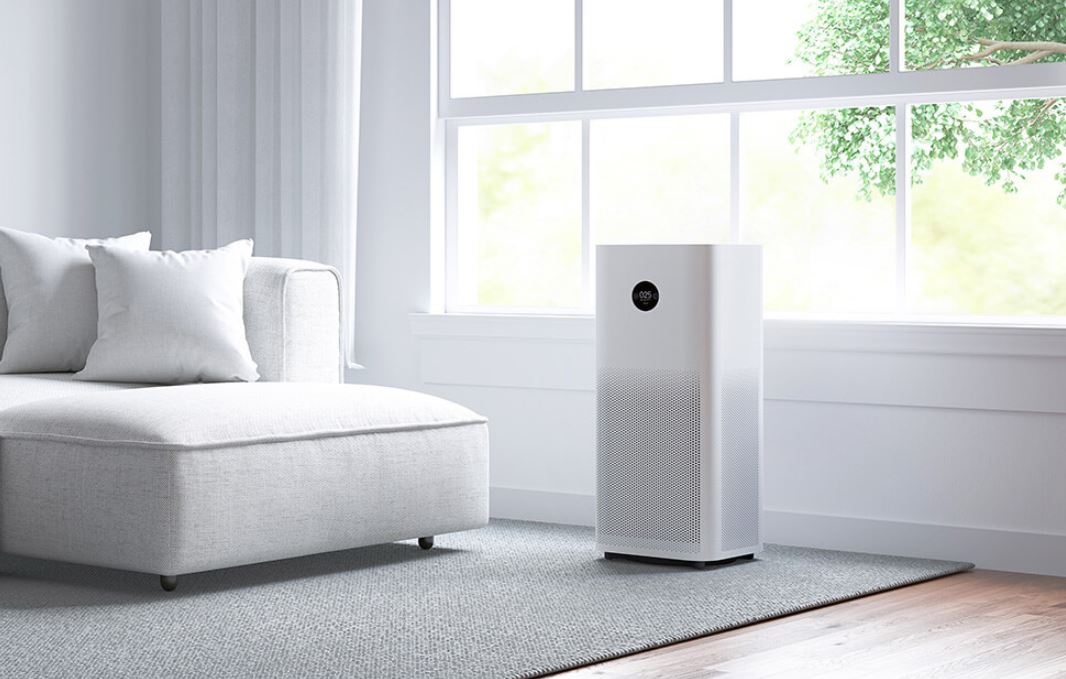
How do air purifiers work? It’s a question more people have asked recently after spending so much time indoors due to the COVID-19 pandemic. We are a lot more concerned about the quality of the air we breathe.
The United States Environmental Protection Agency issued a report recently about pollutants in indoor air. Indoor air can have up to 5 times more pollutants like pesticides, particulates, and mold than outdoor air. This makes an air purifier more attractive because they can remove allergens like pollen, pet dander, and dust. But how do air purifiers work, what do they remove, and can they protect against COVID-19?
How do air purifiers work?
Air purifiers sanitize the air by taking out allergens, toxins, and pollutants. This is different from air filters, which only remove them from circulation.
Air purifiers begin with a simple functionality: a fan that pulls in air and runs that air through one or more filters. The filters, which are paper, mesh, or fiberglass, capture and neutralize the pollutants and particles. The clean air is recirculated into the room.
They’re effective at filtering out most polluting particles, although some will remain on soft and hard surfaces like furniture or walls. The particular airborne particles that get pulled out of the air depend on the type of air purifier and filter used.
Members Only Content
To continue reading please subscribe to WellnessPlus by Dr. Jess MD
Be your own best doctor with our comprehensive suite of online health coaching tools.
